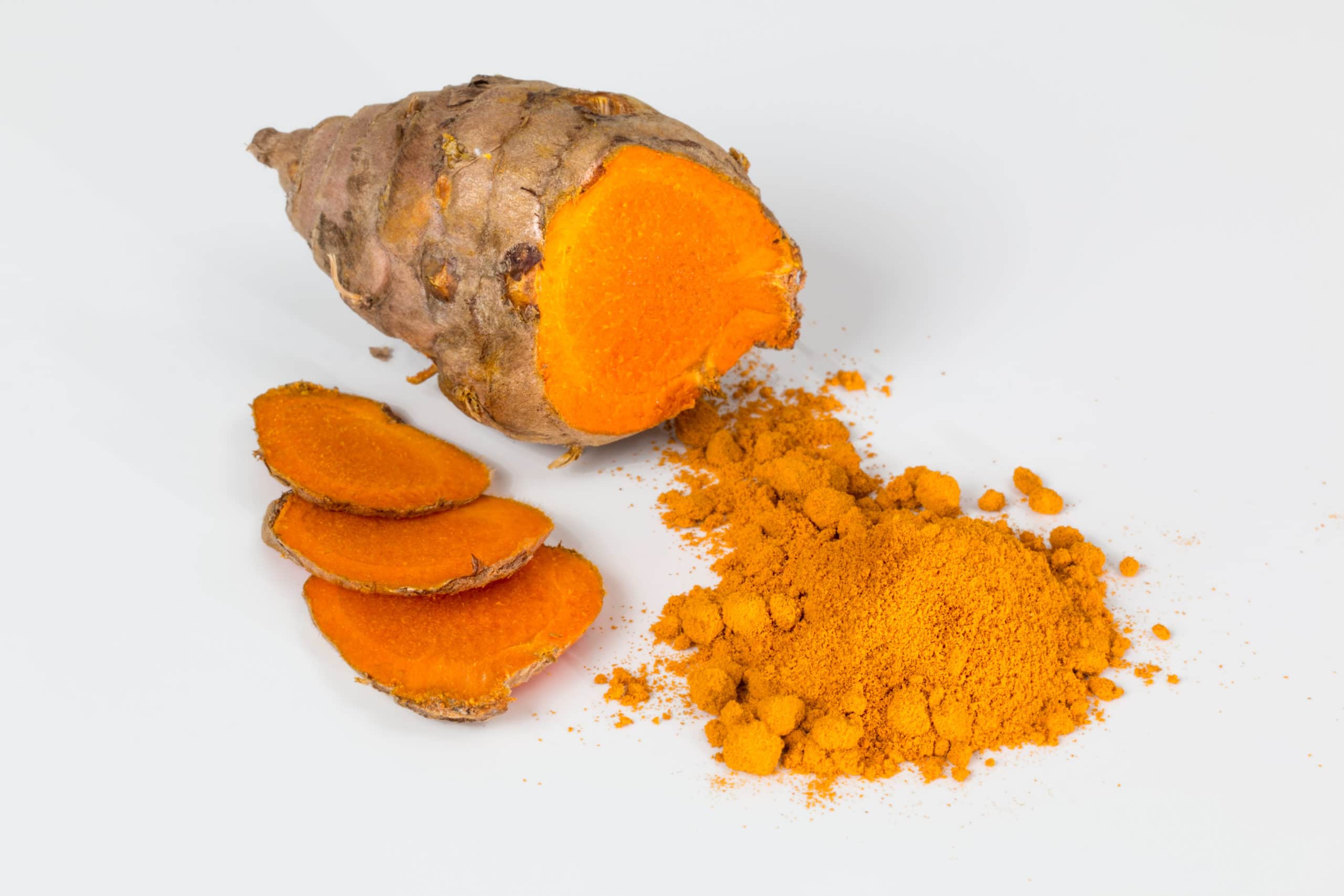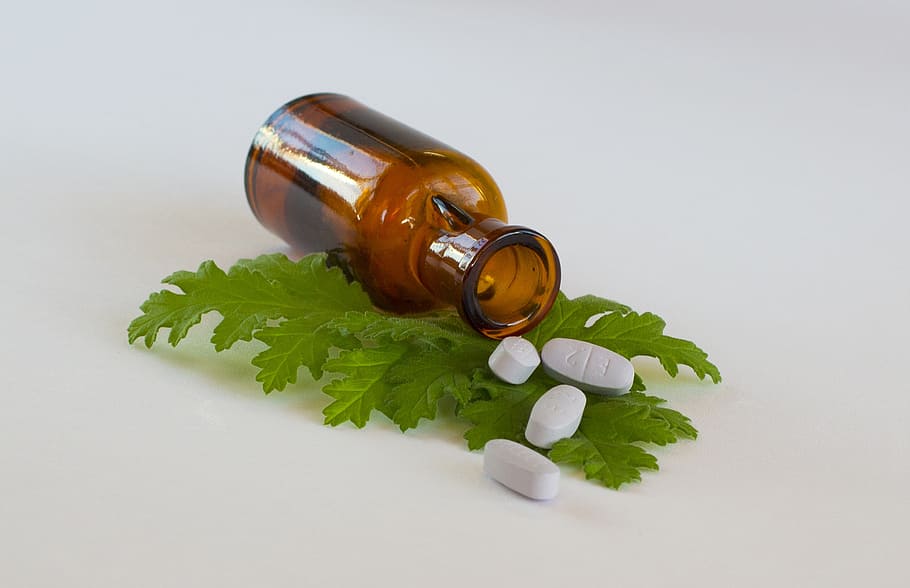Arthritis can cause chronic pain and its effects can be physically and psychologically devastating. Quality of life can plummet, fatigue can set in, and self-sufficiency can take a hit. As your joints worsen, they can deform and become dysfunctional; and cause immense pain. Thus, it’s no wonder sufferers search for something, anything, to provide much needed solace, including arthritis pain relief medication.
Finding respite from pain can transform a life.
Current mainstream approaches rely on pharmaceutical agent interventions, with the aim of reducing inflammation, offering pain relief, and possibly modifying the disease. The arthritis pain medication chosen depends, in part, on the type of arthritis present.
- For osteoarthritis, treatments include analgesics, non-steroidal anti-inflammatory drugs (NSAIDs), and corticosteroids.
- For rheumatoid arthritis (RA), NSAIDs, corticosteroid medications or injections, biologic response modifiers and disease-modifying anti-rheumatic drugs (DMARDs) are generally prescribed. *If you think you have rheumatoid arthritis, you should speak to your family doctor or treating physician. Most OTC products, including CBDMEDIC products, are not designed to treat autoimmune diseases.This information is for educational purposes only.
It is important to note that these medications do not aim to cure but to assist with pain relief. However, incomplete relief and significant side effects are quite common. Therefore, it is important to have an honest discussion about the pros and cons, so you can make an informed decision that takes all the information into account.
Let’s visit the common types of pain relief medications for arthritis below.
5 Common Arthritis Pain Relief Medications: Let’s Take a Look at How They Work

1. How NSAIDs work for arthritis pain
NSAIDs are often used in an ongoing fashion in an effort to reduce both discomfort and progress of joint disease. These over-the-counter medications inhibit the production of prostaglandins, the chemicals which promote inflammation and pain in the body.
NSAIDs are available as:
- Internal medications: Ibuprofen, naproxen, and aspirin are the three most common NSAIDs you’ll come across at your local pharmacy. If you need a higher dose than what’s legally permitted on the shelves, your doctor may prescribe a NSAID to you.
- Topical medications: It is becoming increasingly popular to use diclofenac sodium cream, which still enters the bloodstream, like its oral counterpart. The most common brand name is Voltaren.
While NSAIDs can help reduce inflammation and pain, this mechanism of action is also the cause of less desirable outcomes, including unwanted side effects.
NSAID Side Effects
The possible side effects of NSAIDS are serious, particularly when taking them long-term. These medications may cause damage to the kidneys and cardiovascular system. Digestive problems are common, ranging from mild nausea and reflux to gastrointestinal bleeding that can threaten life. One study found that:
“Clinically significant gastroduodenal lesions [were found] in 37% and ulceration in 24%” of OA and RA patients who’d taken NSAIDs consistently for longer than six months.
You should speak to your doctor if you have a digestive condition like irritable bowel syndrome (IBS), colitis, or Chrohn’s disease; a kidney disease like urinary tract infections, kidney stones, polycystic kidney disease, or kidney failure; or a heart condition ranging from arrhythmia (abnormal heart beats) and high blood pressure to a history of heart failure.
2. How Corticosteroids work for arthritis pain
Corticosteroids are a class of steroids—you know the class of drugs made infamous by abuse in sports’ leagues. Your body makes steroids naturally, however, you can use synthetic steroids to alter your cortisol hormone in order to calm inflammation and down-regulate the immune system.
Corticosteroids are available as:
- Internal medications: You can take corticosteroid tablets, capsules, or even syrups to calm arthritis symptoms. You may have heard of Prednisone, one of the most commonly prescribed oral corticosteroids.
- Topical medications: Some people opt for creams and ointments with corticosteroids to ease their pain. Betamethasone valerate (BMV), a common corticosteroid cream, has been proven to be effective in treating arthritic pain as a medicated bandage. But do not attempt to make a bandage yourself due to the potential risks. Betesil is a medicated plaster that contains BMV.
- Injections: If your arthritis is more painful than the stick of a needle, you may wish to treat your symptoms with corticosteroid injections.
Corticosteroids side effects
While corticosteroids may ease pain, it comes with side effects that may not be worth the risk. While short-term use might be minor, long-term use can seriously impact your life.
- Long-term use of corticosteroids can
- Weaken your bones (osteoporosis)
- Elevate pressure in the eyes (glaucoma)
- Trigger diabetes
- Cause weight gain
- Lead to high blood pressure
- Thin the skin and cause bruising (especially topical corticosteroids)
- Lead to insomnia
- Weaken the immune system, which can lead to chronic illness and infection
- Suppress adrenal glands, which can cause fatigue, nausea, loss of appetite, and weakness
- Cause psychological problems like mood swings, memory problems, and confusion.
3. How DMARDs work for arthritis pain
DMARDs are drugs that act to block inflammation and stop the continual destruction of joint tissue. Make no mistake, they are formidable pharmaceutical agents. They can induce or maintain RA remission, lower flareup frequency, and slow the progression of joint damage. In short, they target the disease itself, which can result in pain relief. So if you suffer from RA, it can change your life by keeping the crippling disease at bay. That said, they are not without other consequences.
DMARD side effects
While DMARDs may help with arthritic pain, they can also cause gastrointestinal distress, heighten infection rates, cause eye problems, and damage the lungs and the liver. Because of their potency, they must be prescribed by your doctor. Additionally, patients who use DMARDs are encouraged to visit an ophthalmologist yearly.
4. How biologic response modifiers work for arthritis pain
Medicine for arthritis pain also includes biologic response modifiers. These prescription medications are genetically engineered proteins produced from human genes. As RA is autoimmune in nature, meaning the body attacks itself, biologic response modifiers are designed to target particular parts of the immune system in order to quell inflammation.
Biological response modifier side effects
Sadly, RA and other forms of arthritis are complex. It is difficult to know where to aim this treatment and so results can be unhelpful or take trial and error to achieve. They come with the risk of serious infections, including pneumonia and sepsis, and added risks depending on the type of biologic drug. These may include itchiness, wheezing, and liver damage.
5. How hyaluronan injections work for arthritis pain
Hyaluronan injections are another therapeutic option or arthritis sufferers. Hyaluronan is a type of glycosaminoglycan; an important compound involved in lubricating joints. When it gets broken down through inflammation and damage, joint disease results. Hyaluronan injections act as an arthritis pain relief medication by introducing a potentially therapeutic dose of this compound directly into a joint. Research into knee arthritis shows that this intervention can provide pain relief and ease arthritic symptoms while being more convenient and safer than mainstream medications.
Because of the specificity and delivery method, these injections require medical equipment and expertise to administer. You’ll likely undergo a course of 3-5 injections over a 1-3 week period. But you should feel the effects within days, which should last for a few months.
Hyaluronan injection side effects
Hyaluronan injections do not contain many reported side effects. You can experience a mild allergic reaction, thus you should raise this concern if you have a history of sensitivities.
Get natural relief. Try CBDMEDIC™ Products for Arthritis
Weigh the pros and cons of arthritis medications
Arthritis pain relief medication can change your life for the better—or make it worse. On one hand, they offer immense relief from serious pain. On the other hand, it requires regular visits to your doctor, which can be inconvenient and expensive. Additionally, they may have significant adverse effects.
It’s the latter particularly that has many sufferers and researchers looking elsewhere, thus we are highlighting them below as well.
Natural Alternatives to Arthritis Pain Relief Medication

Supplements for arthritis pain
Nutritional and herbal supplements offer an accessible way to affordably reduce inflammation and ease pain. Many, in fact, work through the same mechanisms as the above medications with a far gentler side effect profile.
Keep in mind, the FDA does not regulate dietary supplements, herbs, botanicals, and other natural remedies in the same way they regulate drugs. According to the FDA, these types of ingredients are not intended to treat, diagnose, prevent, or cure diseases. That said, many people have found natural remedies beneficial.
We recommend that you speak to a naturopathic doctor, clinical herbalist, or nutritionist for proper guidance on these options—as well as your treating medical doctor.
Foods that you can eat to optimize your health include:

- Drink green tea: Catechins from green tea has been suggested to help keep your body healthy. It is packed full of antioxidants.
- Eat more curry: Curcumin (the active compound in turmeric) and ginger, the dominant ingredients found in your curry recipe, have been shown to protect your body and keep your immune system strong.
- Eat foods rich in omega 3 fatty acids: Eat fatty fish like salmon or choose the vegan option by adding ground flax seeds, hemp seeds, chia seeds, walnuts, seaweed, edamame, and kidney beans to your diet. Many of these options combine great as a delicious salad.
- Take Pycnogenol supplements or try it topically: This French maritime pine bark extract is becoming increasingly popular supplement and topical due to its polyphenols and antioxidants.
- Drink a glass of red wine with your blueberry dark chocolate: Seriously, red grapes, blueberries, dark chocolate, and other berries contain the compound, resveratrol, which is thought to protect the body against damage—as long as you don’t overdo it.
- Try swallowing white willow bark: The white willow tree produces salicylic acid, the active ingredient in Aspirin. If you don’t want the added ingredients, you can buy it in a natural form from your local health food store.
These are just some of the many natural supplements that have come up to help you manage your arthritis symptoms. You may have heard of others too. Remember, your food is your fuel and your medicine.
Natural topical arthritis pain relief medication
You can use a variety of topical essential oils with your medication or in lieu of your medication, depending on your level of pain — as long as you are using a transdermal product (e.g., a product that is not designed to enter the bloodstream). The following essential oils have been touted as the holy grail of natural remedies for arthritic symptoms: menthol, camphor, capsaicin oil, frankincense oil, peppermint oil, clove oil, ginger oil, arnica oil, lemongrass oil, eucalyptus oil, however the FDA has only approved the first 3 on their official monograph.
If you’d like to experiment with these essential oils, we recommend that you speak to a naturopath, clinical herbalist, or other knowledgeable professional first. You should also speak to your doctor about your interest in using essential oils if you are pregnant or have a history of skin sensitivities.
Natural topical pain relievers
 If you are not comfortable making your own natural remedy, you may wish to purchase a topical pain reliever that contains essential oils as active ingredients. As we mentioned earlier, camphor, capsaicin, and menthol are the 3 essential oils that appear on the FDA monograph, thus they make their presence in many OTC topicals, including natural and chemically-laden products you’ll find on the shelves today.
If you are not comfortable making your own natural remedy, you may wish to purchase a topical pain reliever that contains essential oils as active ingredients. As we mentioned earlier, camphor, capsaicin, and menthol are the 3 essential oils that appear on the FDA monograph, thus they make their presence in many OTC topicals, including natural and chemically-laden products you’ll find on the shelves today.
All 3 of them are counterirritants that interrupt the brain signals that scream “pain” at the source of the application. Here’s a breakdown of their characteristics:
- Camphor has been a mainstay in traditional therapies for an eon, used in oils and creams to calm inflammation and relieve the pain. Produced from the Cinnamomum camphor tree, this compound activates channels that trigger a warm sensation and desensitize sensory nerves.
- Capsaicin, from chili peppers, causes localized anesthesia by reducing the function of nociceptive nerve endings. This results in a higher required stimuli to generate nociception. In other words, it then requires greater input to generate pain.
- Menthol comes from the mint plant. It, too, triggers temperature change that can result in pain relief. Whereas capsaicin brings a sensation of warmth, menthol produces a cooling sensation.
While all three oils work great for pain relief, some people are sensitive to capsaicin’s heat-producing sensation.
Thus products with camphor and menthol are generally the go-to choice for pain treatment. They balance one another out and work in synergy to offer powerful relief naturally.
CBDMEDIC’s Arthritis Pain Relief formulations utilize OTC monograph active ingredients, menthol, and camphor, to create effective pain relief. We combined additional essential oils in our formulations to enhance the cooling effect.
Our arthritis cream is our gentle formulation perfect for hands. It features a low dose of menthol with the added benefits of tea tree oil, clove oil, peppermint oil, and eucalyptus oil-immersed inside of jojoba seed oil, cottonseed oil, and CBD hemp oil to nourish the skin while also tackling your symptoms. We recommend one performs hand exercises as well in order to see optimal results.
Our arthritis ointment was designed for a more powerful, longer-lasting treatment than the cream. The formulation includes powerful doses of menthol and camphor alongside clove oil, eucalyptus oil, frankincense oil, and lavender oil for the ultimate soothing relief. Like the cream, the formulation is fused together with natural emollients such as jojoba seed oil, CBD hemp oil, and cottonseed oil; plus beeswax to promote a well-rounded option for relief without a prescription.
Bottom Line: Weigh Your Pain Against the Risks Associated with Arthritis Pain Relief Medication
For arthritis sufferers, it is important to assess the pros and the cons of arthritis pain relief medication and natural alternatives. In doing this, it’s possible to experience pain relief that works while avoiding, or limiting, material harm. If you still need more information, these articles provide a focused insight into finding pain relief for arthritis in hands and easing arthritis knee pain.
Disclaimer: This information is for educational purposes only. It has not been approved by the FDA to diagnose, treat, prevent, cure, or mitigate any diseases or conditions. We use CBD in our products for cosmetic purposes only.
Want to learn more? Check out our page on arthritis pain relief!



I love finding natural alternatives to arthritis pain management. I currently use a topical liquid to reduce stiffness and warm baths help as well. Been looking into CBD products.